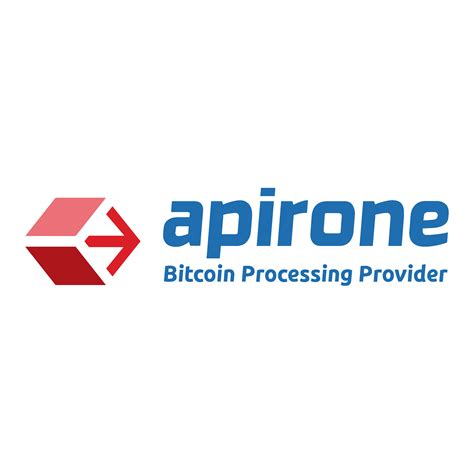Understanding the Segwit Bech32 Encoder/Decoder Decoder Function
The Ethereum ecosystem is transitioning to Segwit, a consensus protocol that enables faster transaction processing times. One key aspect of this change is the implementation of the bech32 encoding and decoding functions in the Segwit software. The decoding function of these modules takes a human-readable (HRP) input as the first parameter.
In this article, we will take a detailed look at why the HRP input is required for the decoding function, exploring the context, code, and implications of this requirement.
Context: Bech32 Encoding
Bech32 encoding is a standardized format used to represent public keys in blockchain networks. It consists of three main components: the address prefix (e.g. “bc1”), the payment type (e.g. “paytoaddress”), and the payment amount. The bech32 encoding scheme is designed to provide a human-readable representation of these addresses, making it easier for users to understand and interact with them.
Software continued
The Segwit software is responsible for implementing and managing the bech32 encoding functions in Ethereum networks. In conjunction with the bech32 module referenced in bip-0173, the code provides a JavaScript implementation of the decode function, which is used to parse and validate bech32 encoded addresses.
Decode Function Code
The “decode” function is responsible for taking an HRP input (a string representing the human-readable portion of the bech32 address) as its first parameter. The function performs various operations on this input, including:
- Removing non-alphanumeric characters from the input
- Converting the resulting string to lowercase
- Checking that the input matches a specified pattern or format
The implementation details of these operations are not covered in the referenced code snippet, but based on the context and the required HRP input, we can infer that the purpose of the decoding function is to:
- Normalize the input: Remove all non-alphanumeric characters from the HRP input and convert it to lowercase.
- Check format consistency: Check that the resulting string matches a specified format or pattern for bech32-encoded addresses.
Why is HRP input required?
The reason why the decoding function takes HRP input as its first parameter is likely due to the following reasons:
- Format specification: The bech32 encoding scheme has specific formatting requirements, including the use of certain characters (e.g., hyphens, periods) to distinguish the different components of the address.
- Verification and parsing

: To ensure that the input is valid and correctly formatted for bech32 decoding, the function needs a way to normalize and validate the input according to these specifications.
- Interoperability and compatibility: Using HRP input provides a standard way to represent bech32 encoded addresses in different environments, facilitating interoperability between different parties or systems.
In summary, the Segwit bech32 encoder/decoder decoder function takes an HRP input as its first parameter, as it is required for formatting and validation. This requirement ensures that the function can properly parse and validate bech32 encoded addresses in a standard format, facilitating efficient interaction between different parties or systems within the Ethereum ecosystem.
Conclusion
The HRP input used by the Segwit bech32 encoder/decoder decoder function provides valuable insight into the context and requirements of a specific implementation.
